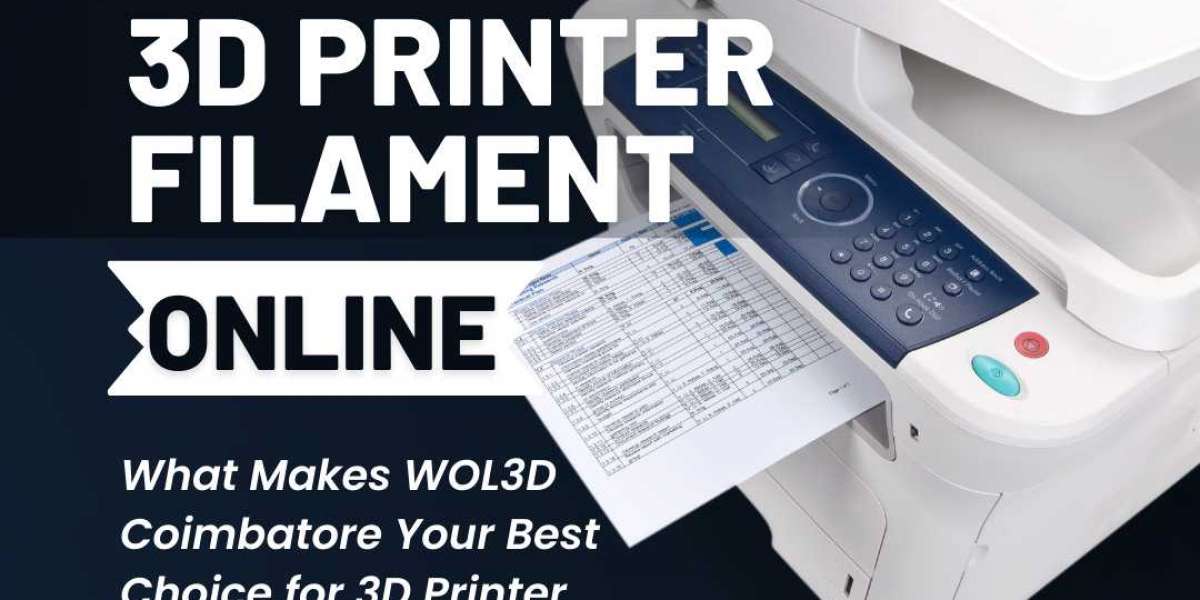When it comes to customizing a lithium battery pack, it's essential to understand the various factors that influence the performance, efficiency, and compatibility of the battery with your specific device or application. Whether you're designing a custom battery for a portable device, electric vehicle, renewable energy storage, or industrial equipment, the process of selecting and customizing a lithium battery pack can be complex. However, with a clear understanding of the key elements involved, you can ensure that your custom battery will meet all the necessary performance, safety, and quality standards. This comprehensive guide will help you navigate the crucial steps to customize a lithium battery pack perfectly suited for your needs.
1. Determine Your Needs
The first step in the customization process is to clearly define your requirements. This includes understanding the specific energy needs of your device or application, including its voltage, capacity, and physical constraints.
Voltage and Capacity: The voltage and capacity are the fundamental parameters that determine the battery’s power output and runtime. Voltage refers to the electrical potential that drives the current through the system, while capacity (measured in mAh or Ah) indicates how long the battery can provide power before needing to be recharged. These parameters will dictate the type and number of cells required for your battery pack. For instance, high-voltage applications like electric vehicles or solar energy storage will require a different configuration compared to low-voltage applications like handheld devices.
Shape and Size: It's crucial to consider the size and shape of the battery pack to ensure it will fit seamlessly within the device or system. Lithium battery packs are available in various form factors, such as cylindrical, prismatic, and pouch types. The dimensions and weight of the battery will affect the overall design and usability of your product, so careful consideration of the physical space available is essential.
Interface and Connectors: The connectors and interfaces of the battery pack should align with your device’s requirements. These may include standard connectors like JST, Molex, or custom designs depending on the application. Understanding the connection type ensures that your battery integrates correctly and efficiently with the device, minimizing compatibility issues.
2. Select the Right Chemistry
The choice of battery chemistry plays a pivotal role in determining the energy density, discharge rate, lifespan, and safety of your custom lithium battery pack. The two most common lithium-based chemistries used in custom battery packs are lithium-ion (Li-ion) and lithium-polymer (LiPo) batteries. However, there are also alternative options like nickel-metal hydride (NiMH) or nickel-cadmium (NiCd), though these are less common in newer, high-performance applications.
Lithium-Ion (Li-ion) Batteries are known for their high energy density, longer lifespan, and stable discharge rates, making them ideal for applications requiring consistent power over time, such as electric vehicles and energy storage systems. Lithium-Polymer (LiPo) Batteries, on the other hand, offer a higher level of flexibility in terms of shape and size and are lighter in weight, making them a popular choice for portable devices and drones. The chemistry you choose should match the specific energy needs, size limitations, and discharge behavior required by your application.
3. Safety Features
Safety is a top priority when designing any custom lithium battery pack. Lithium batteries are sensitive to various environmental factors such as temperature, overcharging, and short-circuiting, which can lead to reduced performance, malfunction, or even dangerous conditions like fires or explosions.
Ensure that the battery pack includes the following safety features:
- Overcharge Protection: Prevents the battery from exceeding its maximum voltage, which can damage the cells and increase the risk of thermal runaway.
- Over-Discharge Protection: Prevents the battery from draining below a safe level, which could permanently damage the cells.
- Short-Circuit Protection: Stops current flow if the battery experiences a short circuit, avoiding potential hazards.
- Thermal Protection: Monitors the temperature of the battery cells to ensure they remain within safe operating limits.
Many custom lithium battery packs also come with an integrated Battery Management System (BMS) that controls these safety features and ensures the cells are balanced for optimal performance and lifespan.
4. Environmental Considerations
It’s essential to consider the environmental conditions under which your custom lithium battery will operate. Lithium batteries are sensitive to temperature, humidity, and extreme conditions. For example, batteries used in outdoor environments, automotive applications, or energy storage systems may experience a broader range of temperatures and weather conditions.
Check that the battery pack is designed to operate within the required temperature range. Some lithium battery chemistries may perform better in extreme heat or cold, so it’s crucial to tailor the choice of materials and battery construction to meet these environmental demands. Additionally, you may need to consider waterproofing or dustproofing features, especially for outdoor or industrial applications.
5. Certifications and Compliance
Your custom lithium battery pack must meet industry safety standards and regulations. These standards help ensure that the battery is safe, reliable, and environmentally friendly. Some of the most common certifications and compliance requirements include:
- UL Certification: Ensures the battery meets the safety standards for electrical devices.
- CE Certification: A European safety standard that indicates compliance with health, safety, and environmental protection standards.
- RoHS Compliance: Ensures the battery is free from hazardous materials, such as lead, mercury, and cadmium.
- UN38.3: A safety standard required for lithium batteries to ensure safe transportation, especially for air travel.
Ensure that the manufacturer you choose is fully compliant with these regulations and can provide the necessary documentation.
6. Design and Prototyping
Once you've defined your specifications, work closely with a reputable battery manufacturer to design your custom lithium battery pack. This process often begins with prototyping, where a small batch of batteries is produced based on your design for testing and evaluation.
Prototyping allows you to test the battery’s performance under real-world conditions and make adjustments as necessary. It’s a critical stage for ensuring that the battery meets your expectations and functions as required.
7. Testing and Validation
Thorough testing is essential to validate the performance, safety, and reliability of your custom lithium battery pack. Testing should include:
- Cycle Testing: Evaluating how many charge/discharge cycles the battery can handle before its capacity drops to an unacceptable level.
- Thermal Testing: Ensuring the battery operates within the desired temperature range and doesn’t overheat.
- Impact and Vibration Testing: Simulating real-world conditions that the battery might encounter, especially for portable or mobile applications.
Once all tests have been successfully passed, the battery design is ready for mass production.
8. Production and Quality Control
After successful testing and validation, the custom lithium battery pack enters the production phase. A strong focus on quality control is necessary during manufacturing to ensure the consistency, reliability, and performance of every unit produced. Look for manufacturers with rigorous quality assurance protocols in place, including automated testing, visual inspections, and batch tracking to ensure each battery meets the highest standards.
9. Integration and Compatibility
Before finalizing the project, ensure that the custom battery integrates seamlessly with your device. This includes checking for proper fitment, correct connector compatibility, and smooth interaction with the device's charging and power management systems. A custom-designed battery should enhance your device's overall performance, ensuring a smooth user experience.
10. After-Sales Support and Warranty
Finally, ensure that the battery manufacturer provides comprehensive after-sales support and a warranty for their products. A good warranty gives you peace of mind that, in case of any issues, the manufacturer will assist with repairs or replacements. Support also ensures that any future adjustments or troubleshooting are handled efficiently.
Conclusion
By following this comprehensive guide, you can make an informed decision when selecting a perfectly fitted, high-quality custom lithium battery pack for your application. Whether you’re designing a product for personal use or commercial deployment, working with a reputable supplier and considering all the essential factors outlined above will ensure that your battery delivers optimal performance, reliability, and safety.






